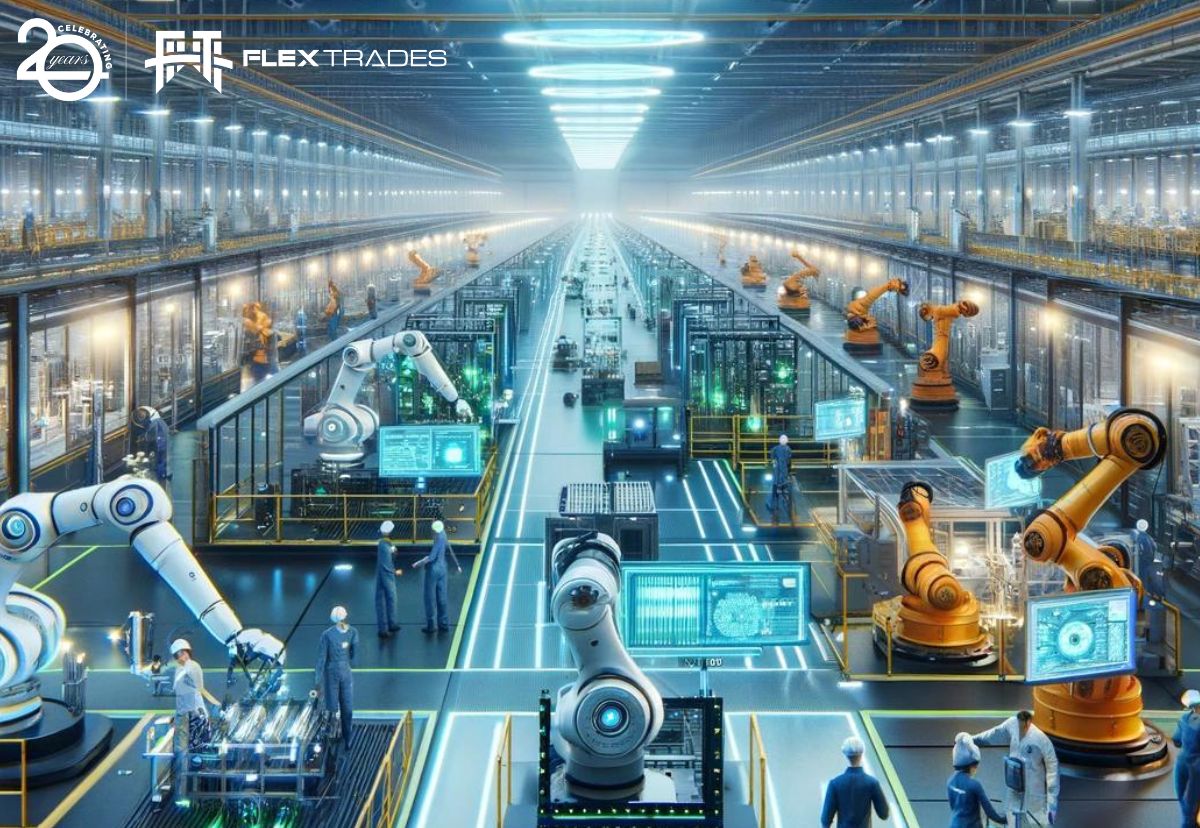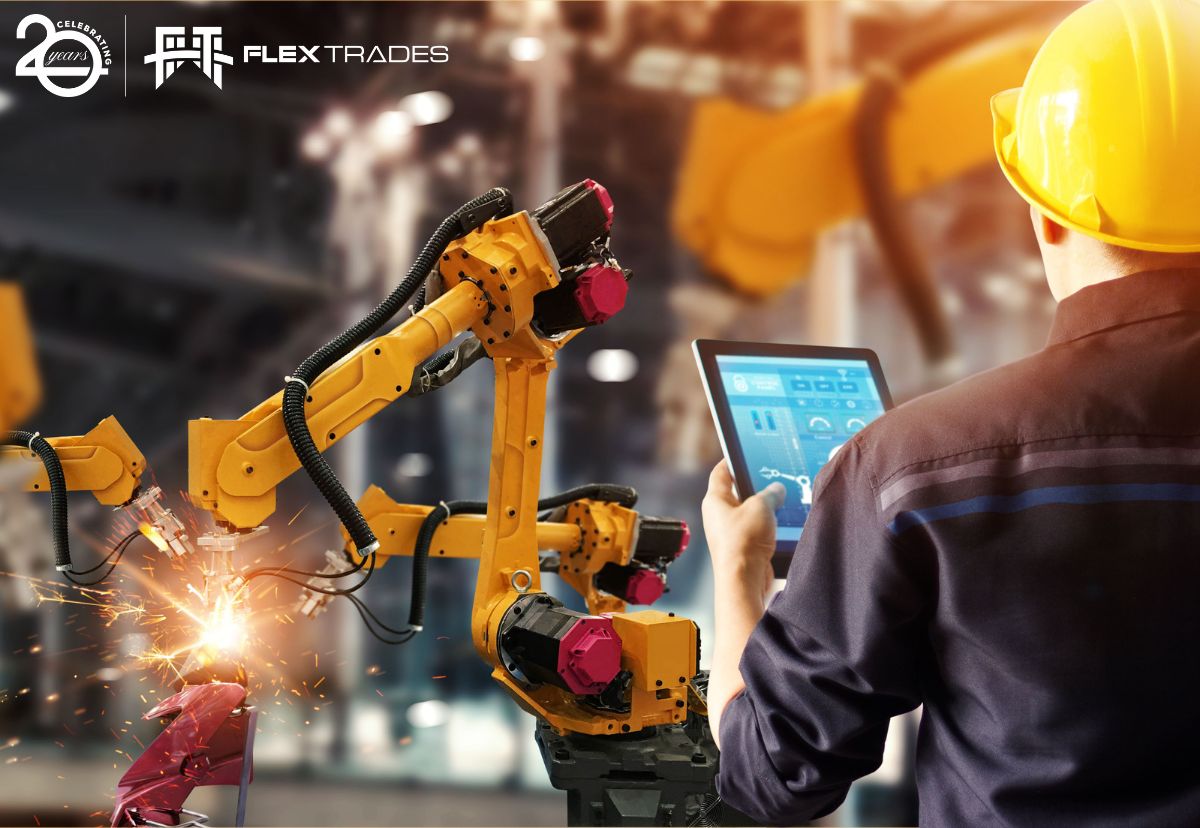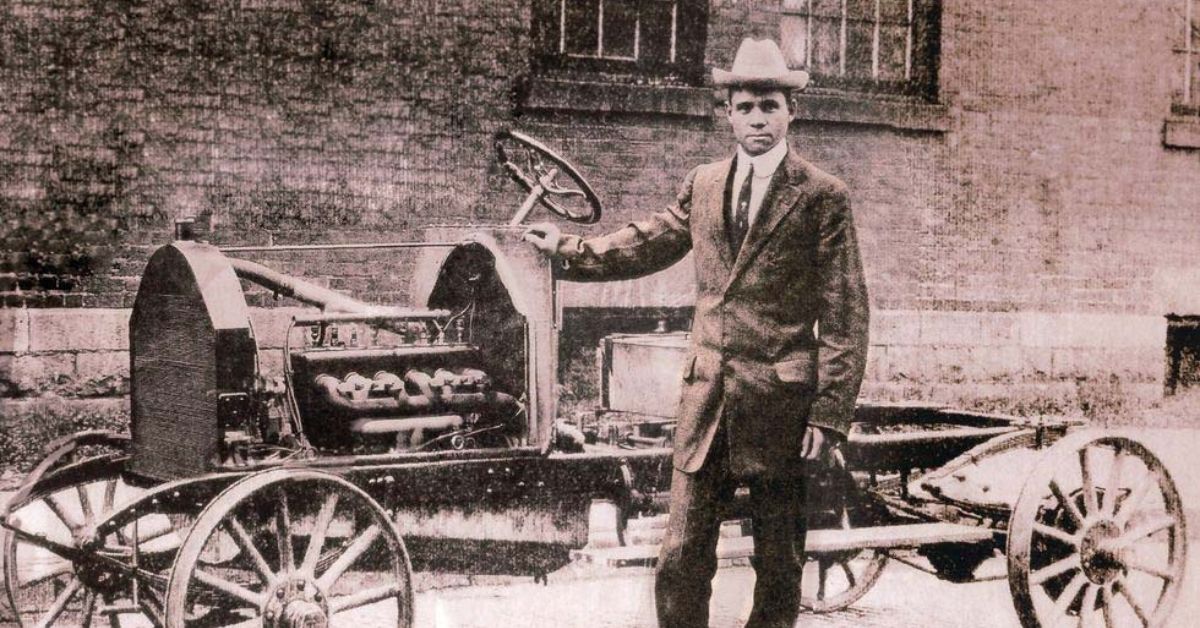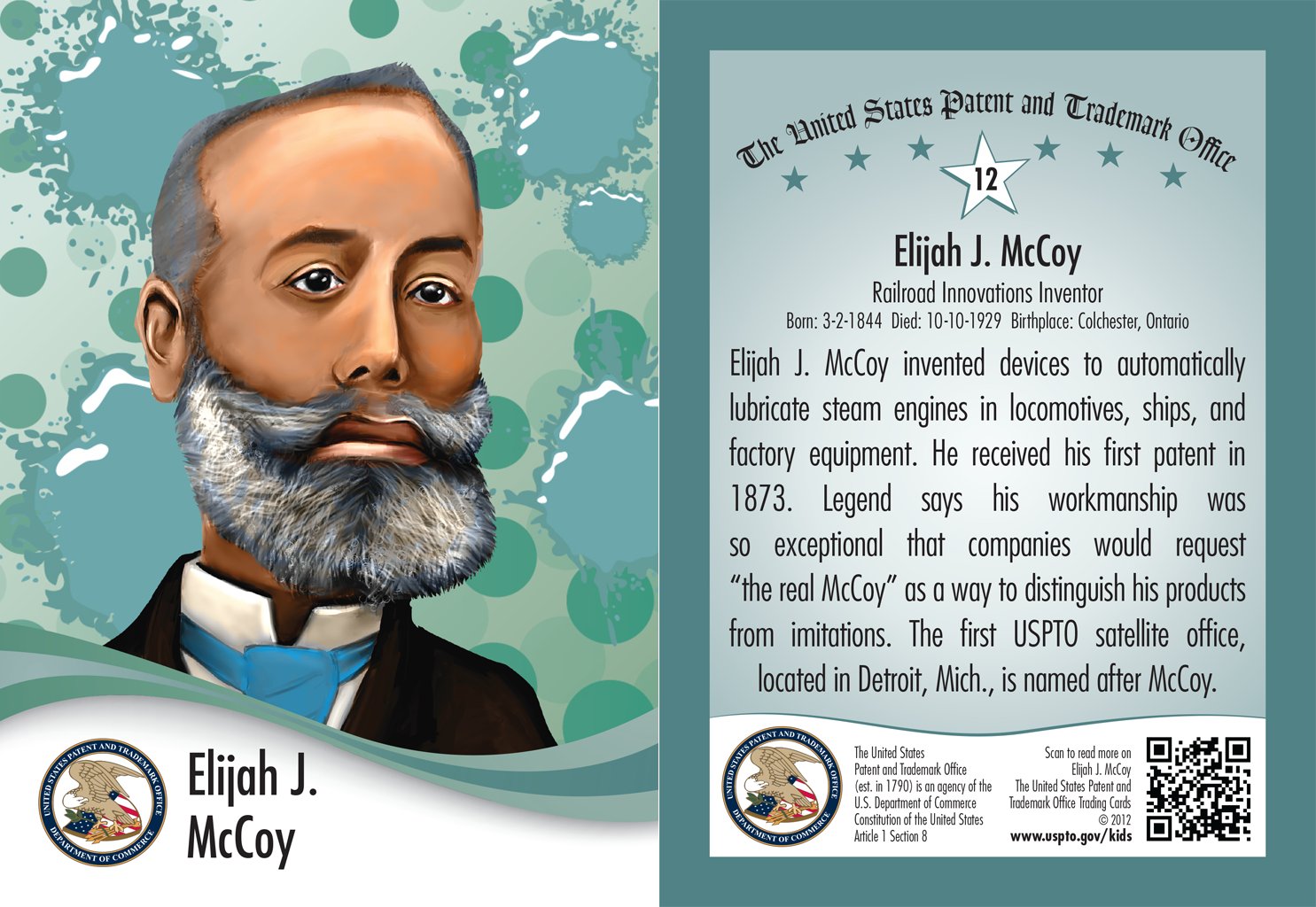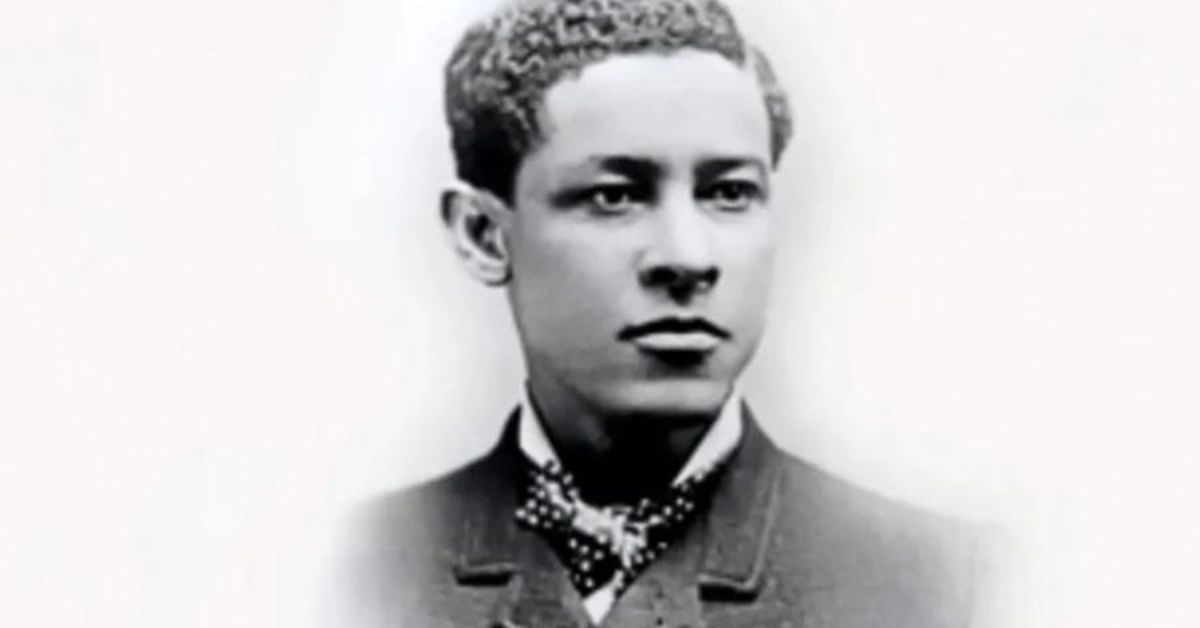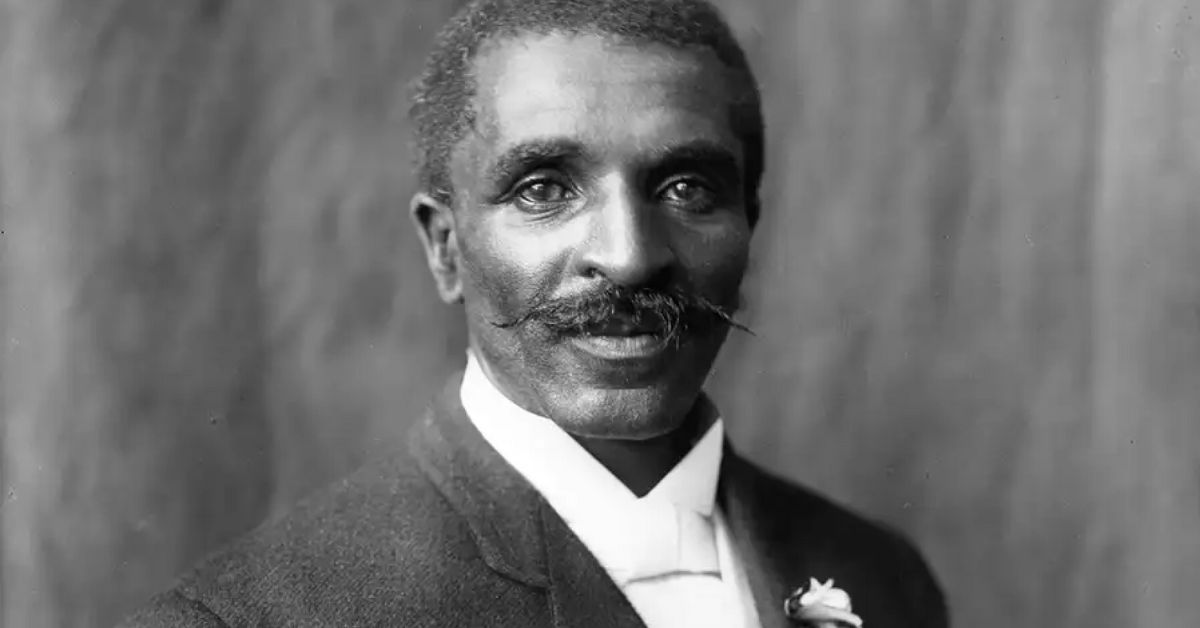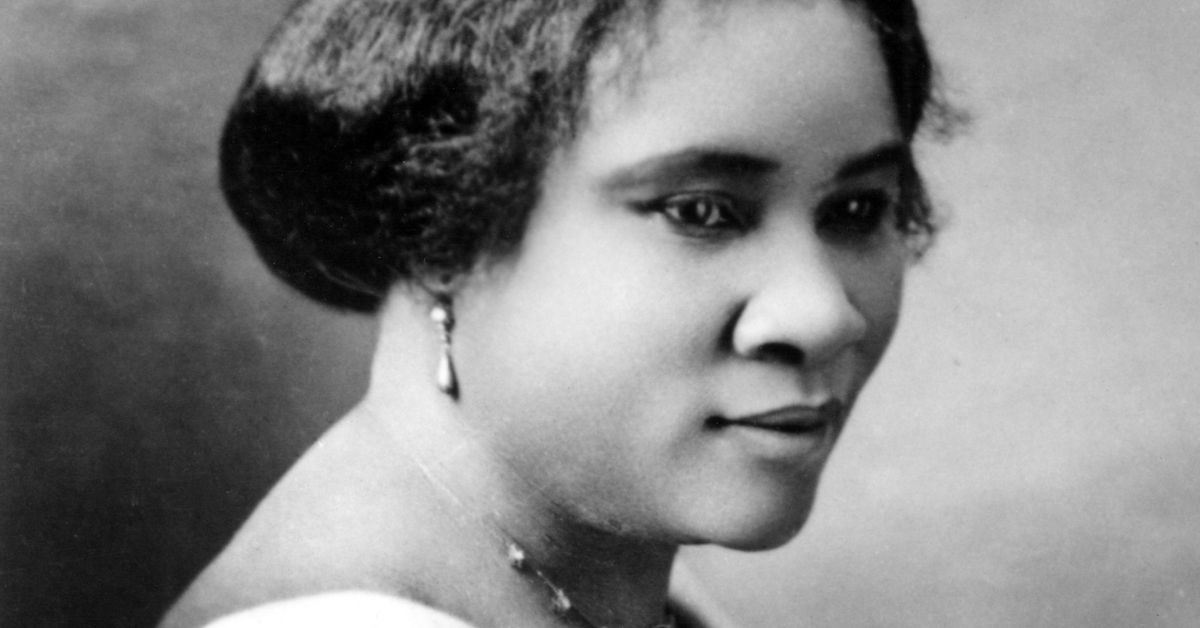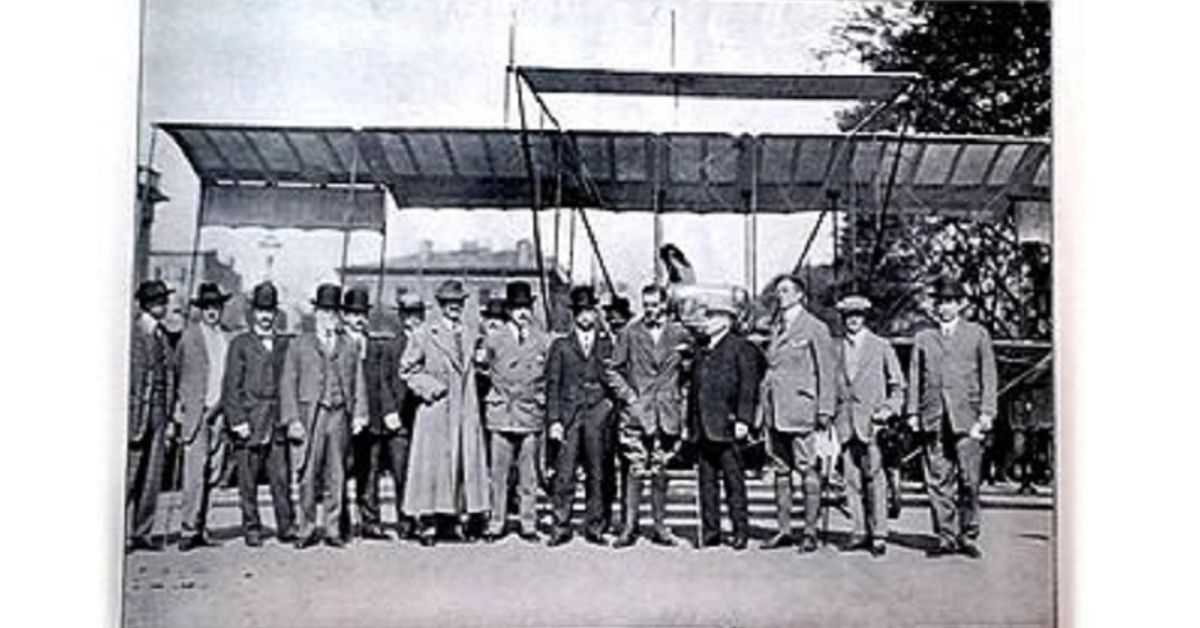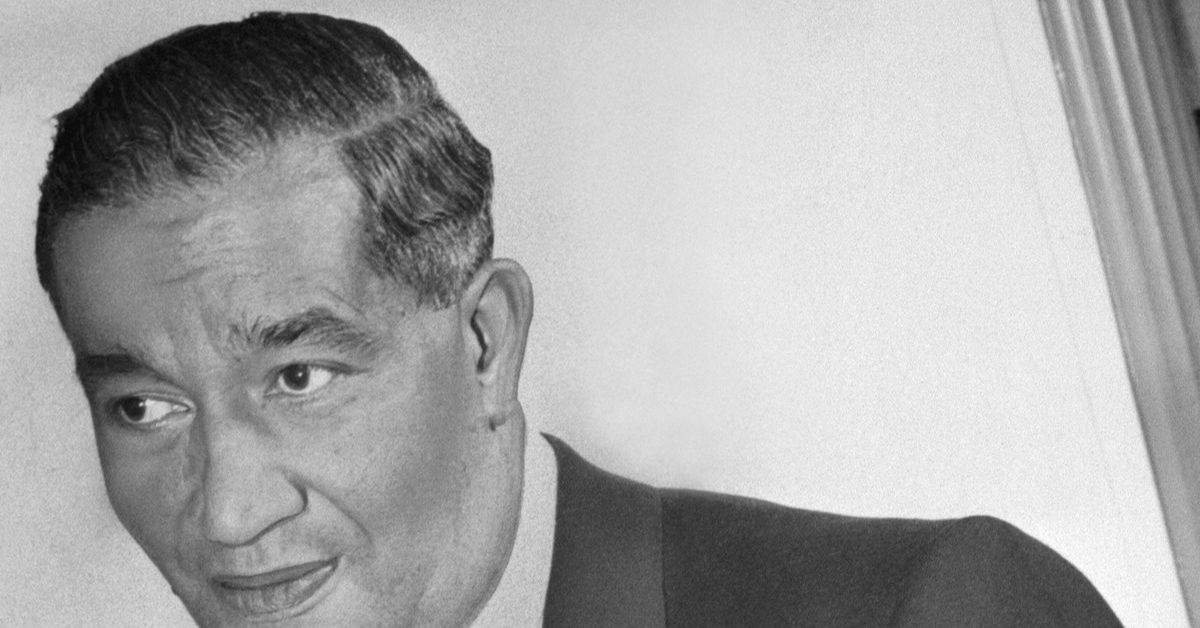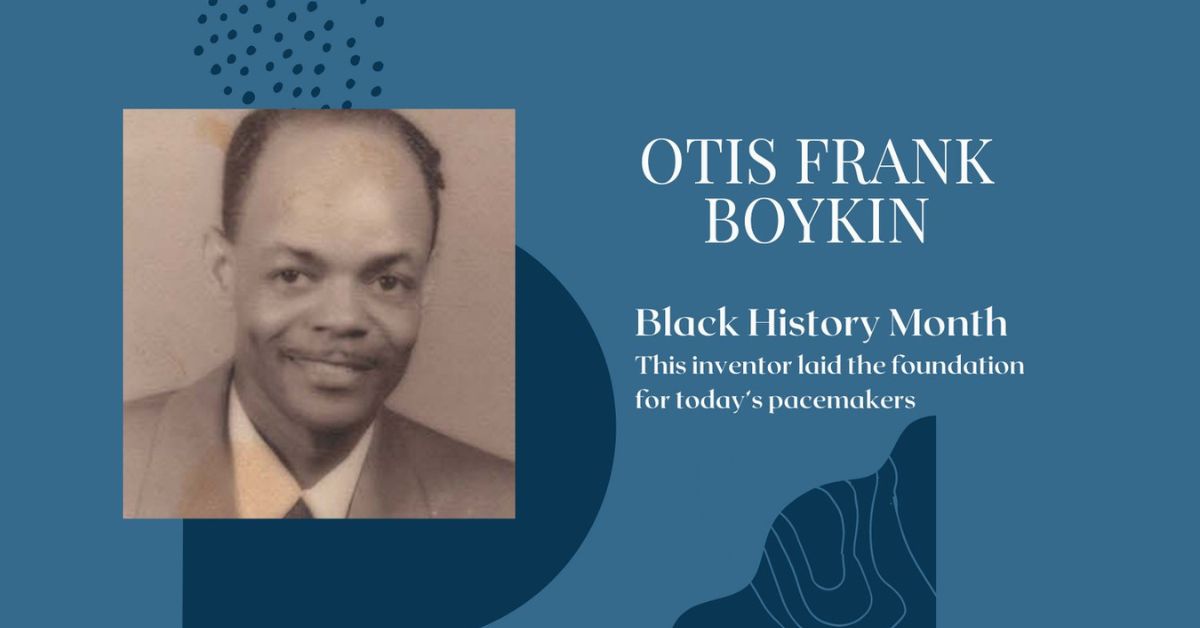If you found this article at 11:58pm on February 14th, you’re almost out of time! Stop reading this and call or text your significant other right now!
If you’re reading this before Valentine’s Day, you’ve come to the right place. It can be tough to be away from family and friends on holidays, and if you celebrate Valentine’s Day, that’s no different. But don’t worry, you have plenty of time to do something special to show you care. Most of my suggestions only require a few taps on your phone and a few minutes of planning.
Let’s get into it.
Send An Email Or Text
Sending an email or text is easy and can be done quickly. These aren’t as personal or intimate as some other options, but they can show your loved one that you care.
If you’re feeling fancy, write a short poem. My go-to poem to write is a Haiku. They are short and they don’t need to rhyme, so it’s perfect for me! Here’s a quick explanation on how they work.
Writing a haiku
It’s not silly if it works
Just give it a try
Send A Card
Just about every convenience store in America sells Valentine’s Day cards. I find that Papyrus cards often have my favorite designs.
In addition to writing a note, print a few of your favorite pictures of you and your partner, or a recent picture of yourself on your travels. If your partner is sentimental, they will appreciate being able to display the card and photos on a refrigerator, desk, or nightstand.
Of course, make sure to get it in the mail on time!
Make A Phone Call
Did you know that hearing a loved one’s voice can improve your mental health? Whether it’s a holiday or not, if you need a pick-me-up, a conversation with a loved one can really hit the spot.
If possible, plan a time for the call so you are both free from distractions and can have a nice conversation.
Video Calls
We all have smartphones, tablets, and computers so it’s easy to make a video call. I challenge you to throw on a funny filter to see if you can get a cheap laugh out of your significant other.
Virtual Date
I kind of buried the lead here. If you can block out a few hours, a virtual date is a fantastic way to celebrate Valentine’s Day. Actually, you can do this any time you’re away from home and want to spend some quality time with your partner.
On a virtual date, you can do most of the things you might do on a stay-at-home date. Here are a few suggestions:
- Cook or order the same meal and eat together. If you’re going for romantic, set the mood! Get dressed up, light a candle, and dim the lights.
- Make some popcorn and watch a favorite movie or TV show together. Streaming services like Netflix and Hulu have watch party features built in. And apps like Teams, Zoom, Skype, and Discord allow you to share your screen while on a call.
- Have a game night. If you both play PC or console games, that’s an option. Otherwise, there are dozens of free games you can play in a browser or on your phone.
- Go on a walk together. Use your front facing camera while you’re chatting. If you see something interesting flip to the rear camera so you can share the experience. Just be extra careful crossing any roads!
Sending A Gift, Flowers, Or Chocolate
For many, gifting is a love language. Finding the perfect gift can be a great way to show your affection. For Valentine’s Day specifically, companies like 1-800-flowers are a great way to send a holiday gift.
You know your partner best! If they aren’t into flowers and chocolate, just about every retailer out there has online ordering.
Like sending a card, make sure to place your order early so it shows up on time!
Conclusion
If it’s now the wee hours of the morning on February 15th, I hope you were able to get that call or text out on time. If not, there’s always next year!
If you can still make plans for Valentine’s Day, I hope this blog gives you a few ideas. And remember, you can always plan an in-person “make up” date for when you get home!


